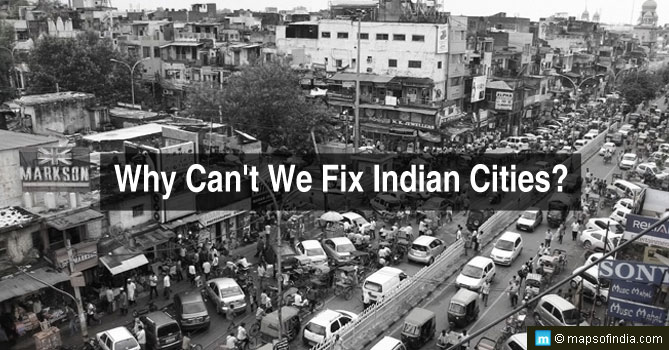For almost six decades, the distinctive Premier Padmini taxis, commonly known as “Kaali Peeli” (Black and Yellow), have been a fixture on Mumbai’s streets. Millions of Mumbaikars used to rely on these durable yellow-and-black automobiles to get to work, school, and other locations. These black-and-yellow taxis were more than just a mode of transport; they were a part of the city’s cultural heritage. However, on October 29, 2023, the last of the taxis bid farewell to the city. Let’s go down the road and look at the rich history of these taxis.
History of Premier Padmini Taxis
The Kaali Peeli taxi first appeared in 1964 when Premier Automobile Limited (PAL) produced the Fiat-1100 Delight model. This car was initially popular among private buyers, but it quickly became apparent that it was also well-suited for use as a taxi. The Fiat-1100 Delight was fuel-efficient, dependable, and simple to maintain, making it suitable for Mumbai’s challenging traffic conditions. In 1973, PAL introduced the Premier Padmini, a rebranded Fiat-1100 Delight. The Padmini was an instant hit with taxi drivers, swiftly becoming Mumbai’s dominating taxi vehicle.
The Padmini taxi was well-known for its toughness and ability to squeeze through Mumbai’s tight alleys and passageways. It was also vast and pleasant, making it a popular choice for families and travelers. The Padmini taxi was extremely important in Mumbai’s culture and business. It appeared in several Bollywood films and television shows, and it came to represent the city’s liveliness and energy. Taxi drivers were often seen as local experts and confidants, and they played a significant role in assisting people in navigating the city.
However, the Padmini taxi began to show its age over time. It wasn’t as fuel-efficient or ecologically friendly as subsequent vehicle types. Furthermore, the Padmini taxi was less appealing and comfortable than some of the newer app-based taxis appearing on Mumbai’s streets in recent years. As a result, the number of Padmini cabs on Mumbai’s streets has rapidly decreased in recent years. The last one was formally driven off on October 30, 2023, marking the end of an era.
Significance of the Kaali Peeli taxi
More than just a form of transportation, the Kaali Peeli cab is an experience. It has become a symbol of Mumbai and its culture. These taxis have played an essential role in the history and development of the city. The Kaali Peeli cabs have contributed to Mumbai becoming a more accessible and inclusive city. They have carried individuals from all walks of life, including the working class and low-income people. They have also played an important role in the city’s economy, employing thousands of people. The Kaali Peeli cab is also a favorite subject for photographers and artists. Because of its famous black-and-yellow color scheme and retro style, it has become a famous muse for creative professionals. Lastly, the Kaali Peeli cabs are also a representation of Mumbai’s tenacity. They have withstood recessions, terrorist strikes, and natural calamities. The cabs symbolize the city’s spirit and determination.





